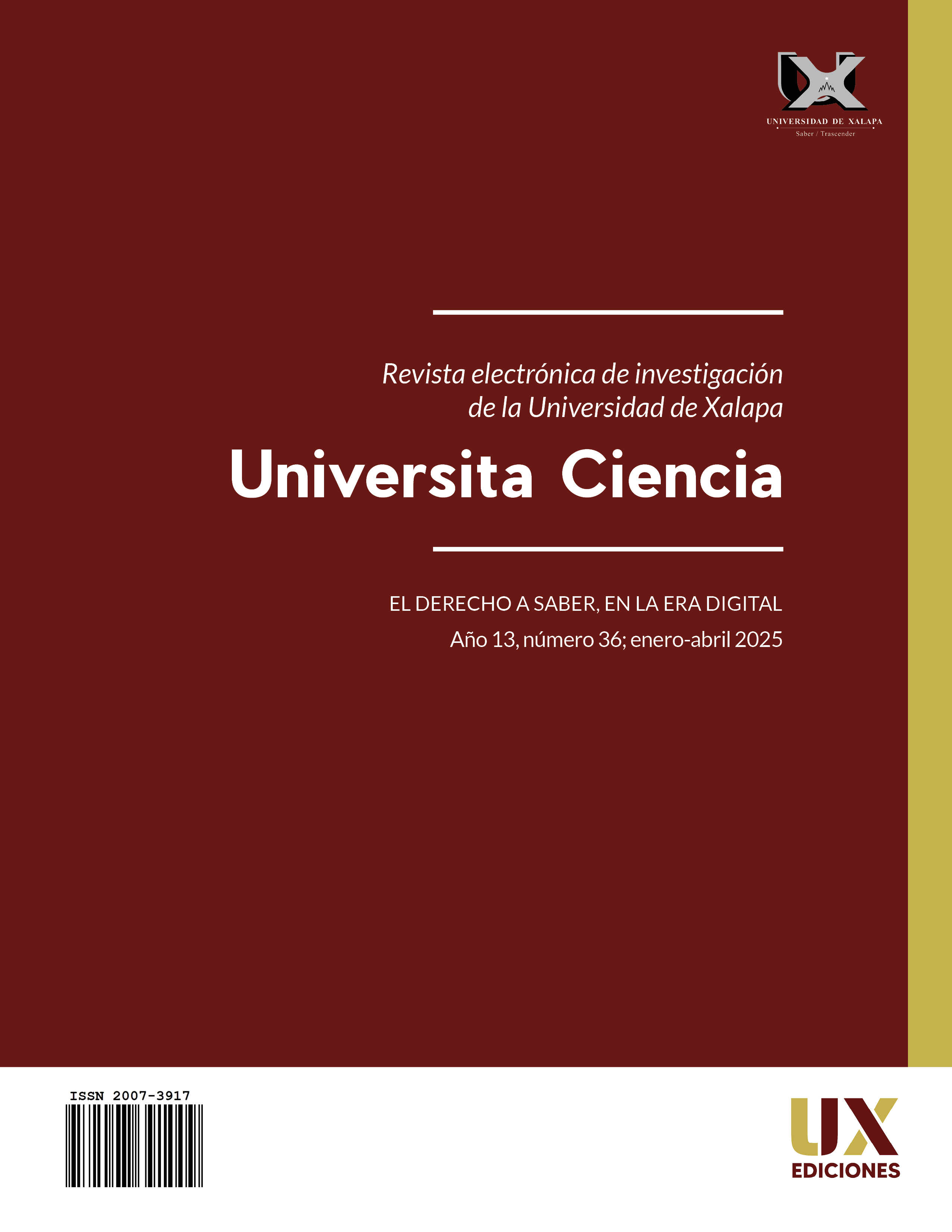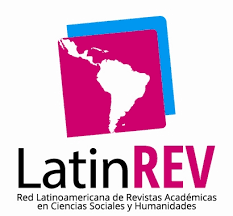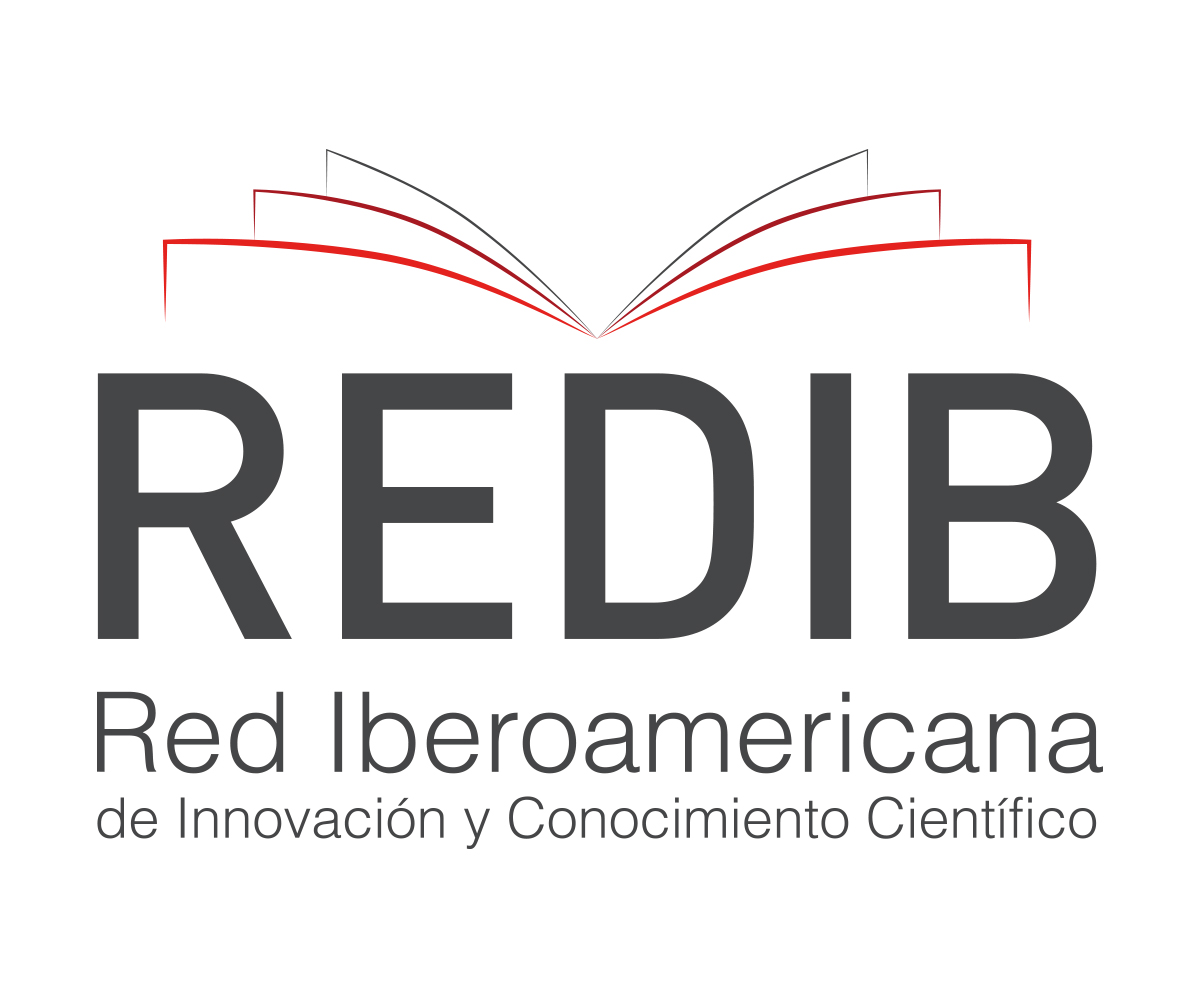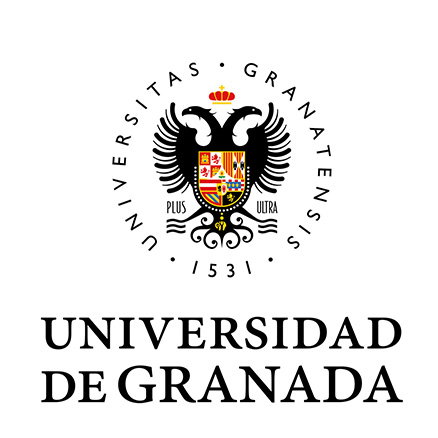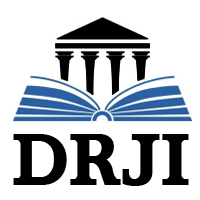Inequality and corruption: the double face of power
DOI:
https://doi.org/10.5281/zenodo.15133500Keywords:
corruption, digital platforms, big data, artificial intelligence, government transparency, Emotional IntelligenceAbstract
Corruption is one of humanity's greatest challenges, undermining trust in institutions, eroding the social fabric and deepening inequalities. In Mexico, its persistence has been a structural barrier to development. However, the advancement of digital platforms and emerging technologies has given rise to new tools capable of transforming the fight against this phenomenon. This article explores how information and communication technologies (ICT), artificial intelligence (AI) and massive data analysis (Big Data) are redefining government transparency and empowering citizens in their role as active supervisors of public power. From a critical and projective perspective, the possibilities and limitations of these technologies are addressed. In addition, action strategies are proposed to maximize their transformative potential, underlining the need for an ethical, inclusive and collaborative framework that guarantees effective and sustainable implementation.
Metrics
References
Acemoglu, D y Robinson, J. (2012). Por qué Fracasan los Países. Orígenes del Poder, la Prosperidad y la Pobreza. Barcelona, Deusto
Banco Mundial (2021). PIB per cápita, PPA (US$ a precios constantes de 2017). Banco Mundial. Recuperado de https://datos.bancomundial.org/indicator/NY.GDP.PCAP.PP.KD
Banco Mundial (2021). Índice de Gini (estimaciones del Banco Mundial). Banco Mundial. Recuperado el [fecha de acceso], de https://datos.bancomundial.org/indicador/SI.POV.GINI
Banco Mundial (2021). Control de corrupción (estimaciones del Banco Mundial). Banco Mundial. https://datos.bancomundial.org/indicador/CC.EST?view=chart
Birdsall, N. (1998). ´Life is Unfair. Inequality in the World´ en Foreign Policy III:76-93
Esquivel Hernández, G.(2012) Desigualdad extrema en México; Concentración del Poder Político y Económico. Oxfam. México.
Gray, C., y Kaufmann, D. (1998). Corruption and development. Finance & Development, 35(1), 7-10. https://www.imf.org/external/pubs/ft/fandd/1998/03/pdf/gray.pdf.
Gupta, S., Davoodi, H., y Terme A.-, R. (1998). Does corruption affect income inequality and poverty? (IMF Working Paper No. WP/98/76). International Monetary Fund. https://www.imf.org/external/pubs/ft/wp/wp9876.pdf
Gyimah-Brempong, K. (2002). Corruption, economic growth, and income inequality in Africa. Economics of Governance, 3(3), 183-209.
Kaufmann, D., Kraay, A., y Mastruzzi, M. (2011). The worldwide governance indicators: Methodology and analytical issues1. Hague Journal on the Rule of Law, 3(2), 220-246.
La Porta, R., Lopez-de-Silanes, F., Shleifer, A., y Vishny, R. (1999). The quality of government. Journal of Law, Economics, & Organization, 15(1), 222-279
Marx, C. (1990). El capital: Crítica de la Economía Política (T. Mora, Trad.). Siglo XXI. (Obra original publicada en 1867).
Mill, John. S. (1978). Principios de Economía Política. Ciudad de México: Fondo de cultura Económica
Musgrave, R. (1992). Hacienda Pública: Teórica y Aplicada, Mc Graw-Hill, Quinta Edición, Madrid, España.
North, D. (1993.) Instituciones, Cambio Institucional y Desempeño Económico. Segunda edición. México, D.F: Fondo de Cultura Económica.
Nuraini Dwiputri, I., Arsyad, L., y Pradiptyo, R. (2018). The corruption-income inequality trap: A study of Asian countries. Economics Discussion Paper, November http://www.economics-ejournal.org/dataset/PDFs/discussionpapers_2018-81.pdf.
Piketty, T. (2014): Capital in the Twenty-First Century. London: Belknap Press /Harvard University Press.
Sandoval-Ballesteros, I.E. (2016) Enfoque de la Corrupción Estructural: Poder, Impunidad y Voz Ciudadana. Revista Mexicana de Sociología, UNAM (78,1); 119-152.
Smith, A (2005). La Riqueza de las Naciones: Alianza Editorial Madrid.
Transparency International (2018): 'Corruption Perceptions Index'. In: transparency.org. https://www.transparency.org/en/cpi/2018/index/dnk.
World Justice Project (2021a). Rule of Law Index – Global. World Justice Project. https://worldjusticeproject.org/rule-of-law-index/global
World Justice Project (2021b). Rule of Law Index – Global. World Justice Project. https://worldjusticeproject.org/rule-of-law-index/global
You, J.-S., y Khagram, S. (2005). A comparative study of inequality and corruption. American Sociological Review, 70(1), 136-157
Zúñiga, N. (2017). Correlation between corruption and inequality. U4 Helpdesk. https://www.u4.no/publications/correlation-between-corruption-and-inequality.pdf
Published
How to Cite
Issue
Section
License

This work is licensed under a Creative Commons Attribution-NonCommercial-ShareAlike 4.0 International License.
This journal adheres to the Creative Commons license in the definition of its policy of open access and reuse of published material, in the following terms:
- Accessibility to articles and other publications in whole or in part under the concept of copying, distribution, public communication , interactive access (through the Internet or other means), explicitly maintaining the recognition of the author or authors and the journal itself (authorship acknowledgment).
- Warning that if the articles are remixed, modified or fragments used in other creations, the modified material cannot be distributed, nor is it allowed to reconstruct versions from the original published articles (derived works).
- The use of the contents of the published articles, in whole or in part, for profit (non-commercial recognition) is prohibited.
The author retains copyright, transfers or grants exclusive commercial rights to the publisher, and a non-commercial license is used.

